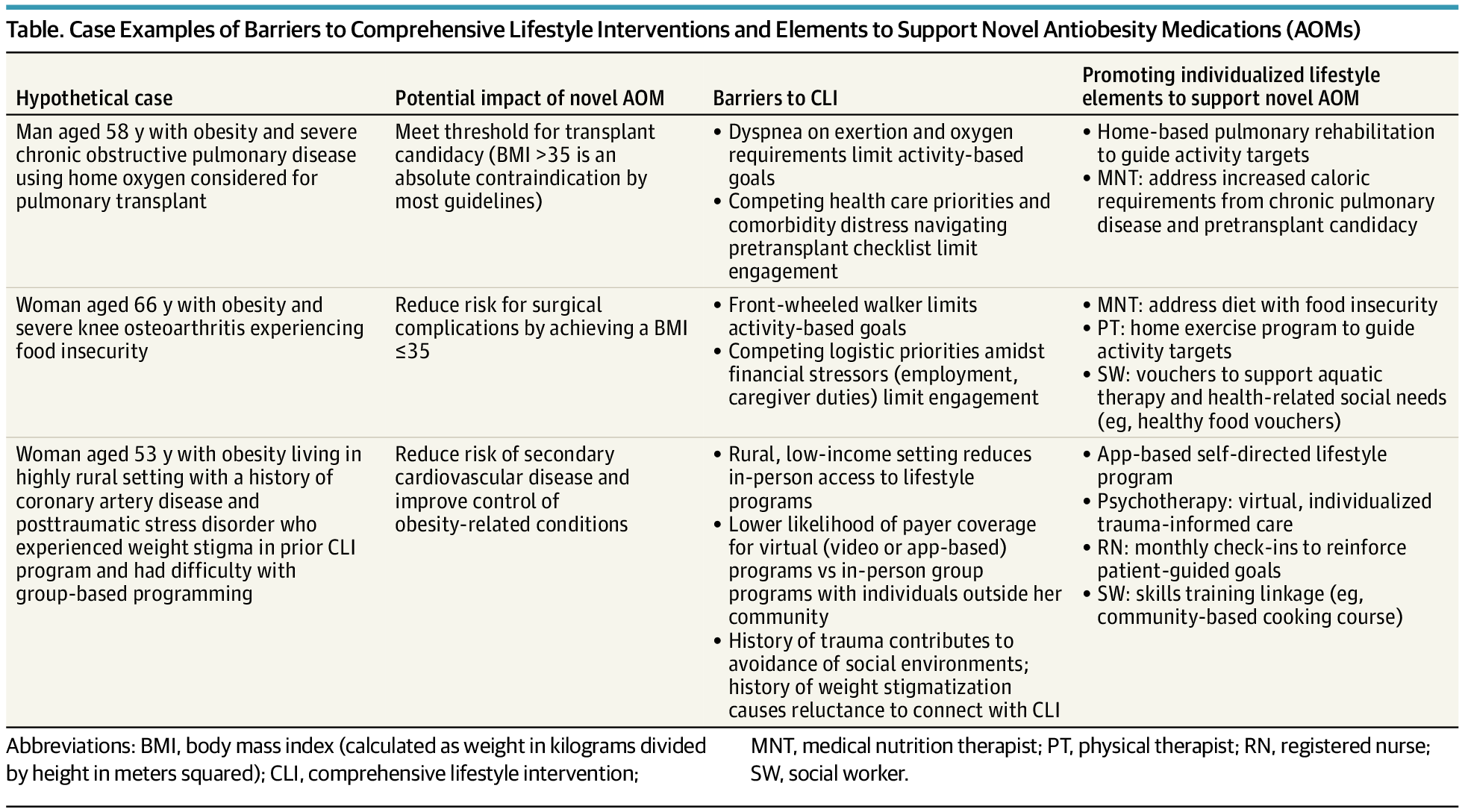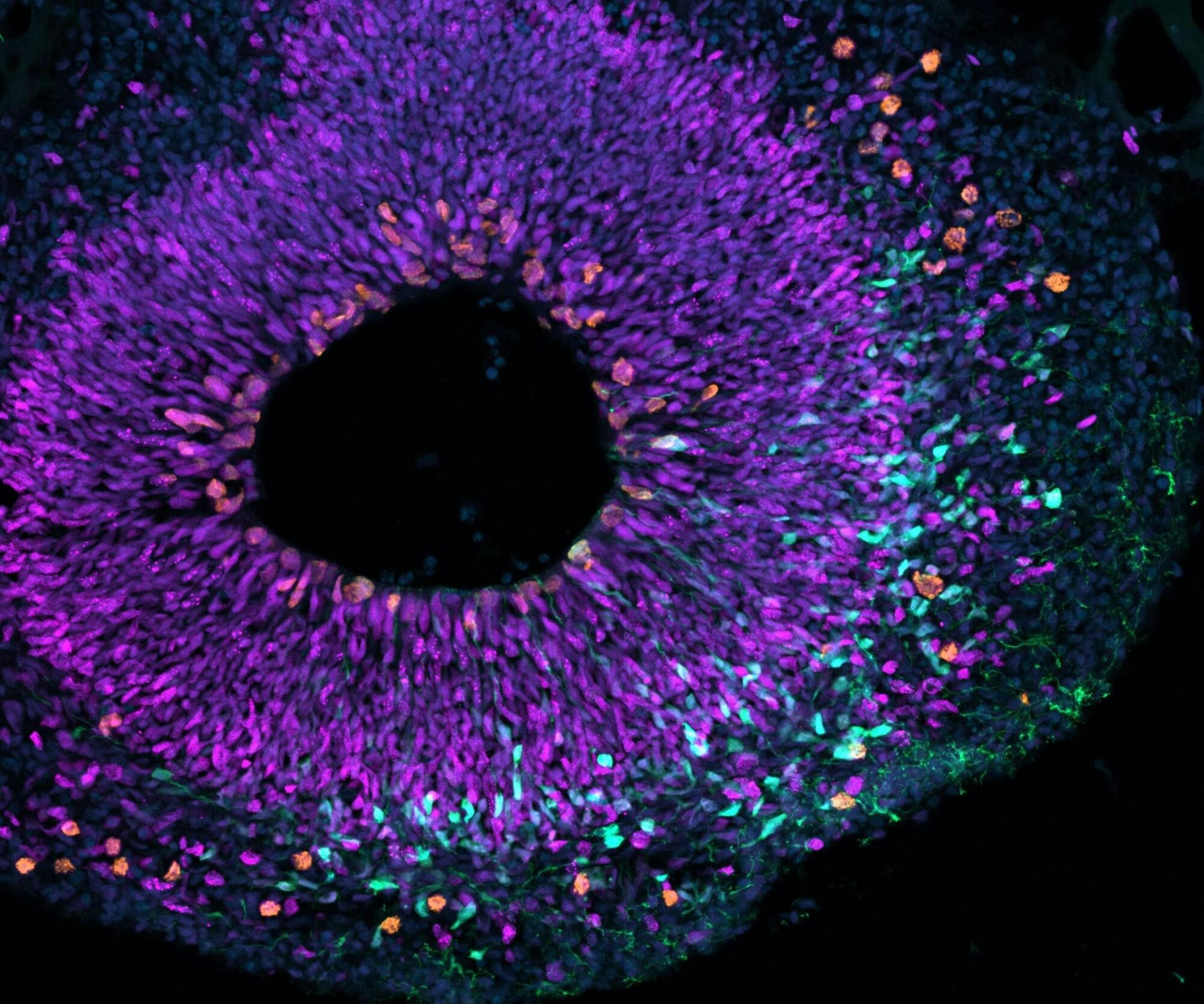Unveiling the first green solar cell ever In photovoltaics, a new age has begun. Scientists just created green solar cells—and other unique colours


Explore the fascinating intersection of resistance, permanence, and future technology with renowned OmniFuturist and author Allen Crowley. In this thought-pr…





The Great Pyramid of Giza has mystified historians, archaeologists, and engineers for centuries. From its precision alignment with astronomical bodies to its geometric perfection, every aspect seems meticulously engineered for purposes beyond mere burial or symbolic display. But what if the purpose was far more profound — and fundamentally quantum?


